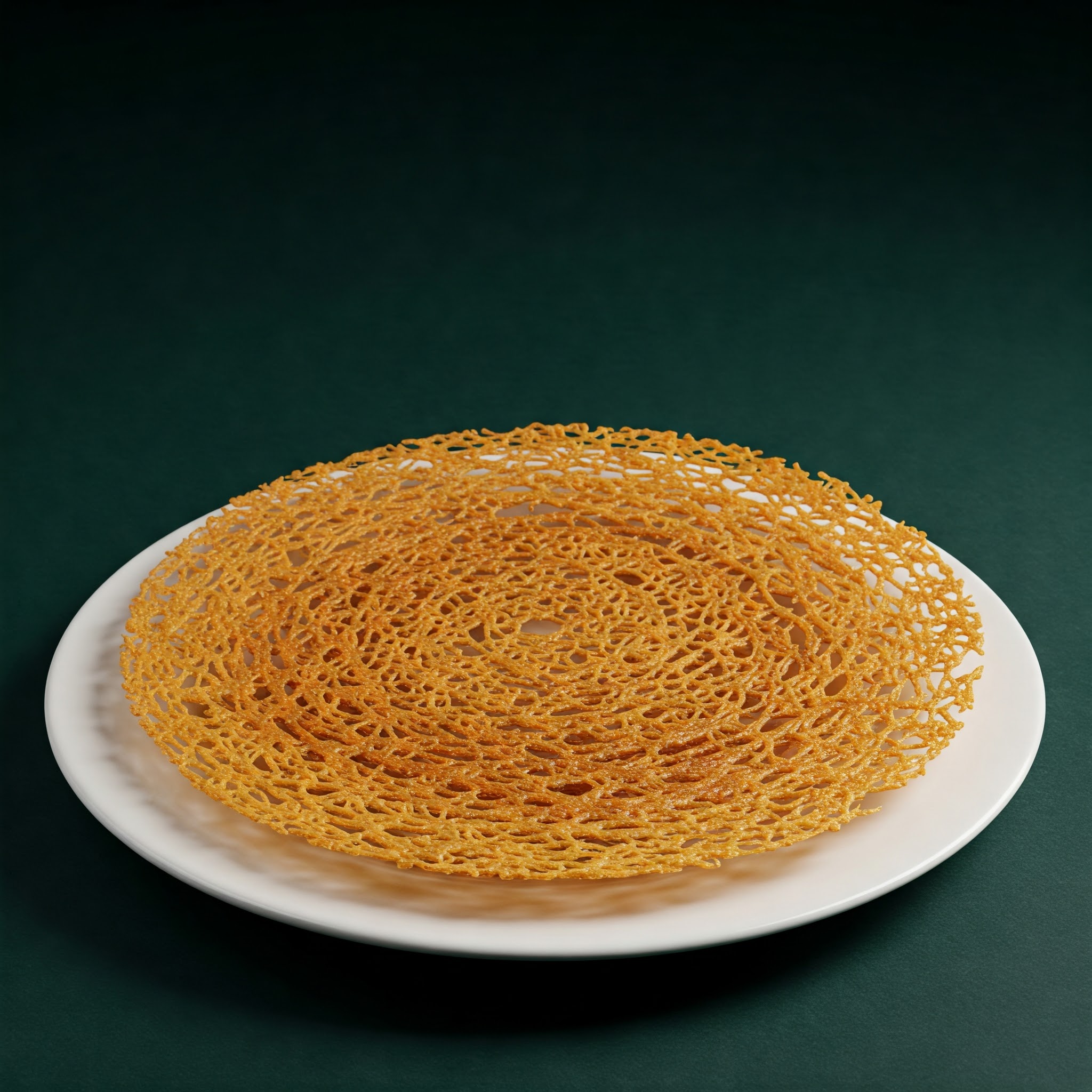Barley (जौ)
Jau

About Barley
Barley: The Timeless Grain for Health Today!
Barley, known as "jau" in the heart of India, is a timeless grain that whispers tales of nourishment and health. As the sun rises over golden fields, the robust ears of Barley sway gently, embodying the essence of vitality. This ancient grain is more than just a staple; it is a treasure trove of nutrients, rich in fiber, vitamins, and minerals that support overall well-being.
In the kitchen, Barley transforms into an array of delightful dishes, from hearty soups to wholesome salads and savory pilafs. Its nutty flavor and chewy texture add depth to any meal, making it a versatile ingredient cherished by families across generations. Barley’s high fiber content not only aids digestion but also helps in maintaining healthy cholesterol levels and stabilizing blood sugar, making it an excellent choice for those mindful of their health.
Moreover, Barley is gluten-free, making it suitable for those with gluten sensitivities, and its antioxidants work tirelessly to combat oxidative stress, promoting a vibrant life. Embracing barley in your diet is a celebration of tradition and a step toward a healthier future.
To include barley in your daily menu, log on to planmeal. Our automatic menu planner helps you effortlessly integrate this super grain into your meals, ensuring you reap its numerous benefits while exploring new culinary delights.
Barley: A grain of health and harmony!
Barley is an important grain due to its rich nutritional profile, offering essential vitamins, minerals, and high fiber content. It supports digestive health, aids in weight management, and helps maintain heart health by lowering cholesterol levels. Its low glycemic index makes it beneficial for individuals managing blood sugar. Also Barley is often used in the form of barley water to promote hydration and soothe digestive issues. Barley flour can also be utilized to create soothing pastes for skin irritations, highlighting its versatility in natural health practices.
How to Store Barley
To store Barley, start by ensuring the grains are completely dry to prevent mold growth. Place the Barley in an airtight container, such as a glass jar or a heavy-duty plastic bag, to protect it from moisture and pests. Store the container in a cool, dark place, ideally at temperatures between 50-70°F (10-21°C). Avoid exposure to sunlight and humidity, as these can degrade the quality of the barley over time. Regularly check for signs of spoilage, such as unusual odors or pests, and use the barley within 6 to 12 months for optimal freshness.
Shelf Life of Barley
Barley has a shelf life of about 6 to 12 months when stored in a cool, dry place in an airtight container. For best quality, check regularly for moisture or pests before use.
How to Check Barley Before Buying
When checking barley before purchasing from a local vendor, first examine the grains for uniformity in size and a clean, shiny appearance. Avoid any that are discolored, broken, or have an off smell, as these may indicate spoilage. If possible, feel the grains; they should be dry and free from moisture. Ask the vendor about the harvest date to ensure freshness and quality.
Procuring barley in bulk can be advisable if you have proper storage facilities. Barley has a good shelf life when stored in a cool, dry place in an airtight container. Buying in bulk can be cost-effective, but ensure that you will consume it within 6 to 12 months to maintain its quality. Regularly check for signs of pests or moisture in your stored barley to ensure it remains fresh and usable.
Explore
Explore our services and take your business to the next level.
Recent Posts

Savor the warmth of Palak Dal Khichdi, a nourishing and comforting dish that bea...

Kuttu Sabzi is the perfect addition to your balanced weekly menu. Packed with th...

Potato Bhajia is a delicious and versatile snack that adds a burst of flavor to...

Jodhpuri Aloo is the perfect addition to your weekly meal plan, offering a delic...

Kuttu Chilla is the perfect addition to your weekly menu, offering a healthy and...
Ready for a Healthier You?
Take control of your wellness! Get a customized meal plan that fits your lifestyle. It's time to eat smarter, feel better, and transform your life!
Get Your Plan Now!Already a member? Login and start now!
Nutrition Facts
Serving Size:
Servings Per Container: 1
| Amount Per Serving | ||
|---|---|---|
| Calories | 315.72 | |
| Fat | ||
| Saturated Fat | ||
| Trans Fat | ||
| Cholesterol | 0 | |
| Sodium | 7.56 | |
| Carbs | 61.29 | |
| Fiber | ||
| Sugar | 17 | |
| Protein | 0.8 | |
| VitaminD | ||
| Calcium | 28.64 | |
| Iron | 1.56 | |
| Potassium | 268 | |
* Percent Daily Values are based on a 2000 calorie diet.
* Percent Daily Values are based on a 2000 calorie diet.

